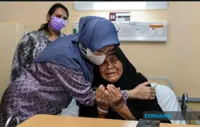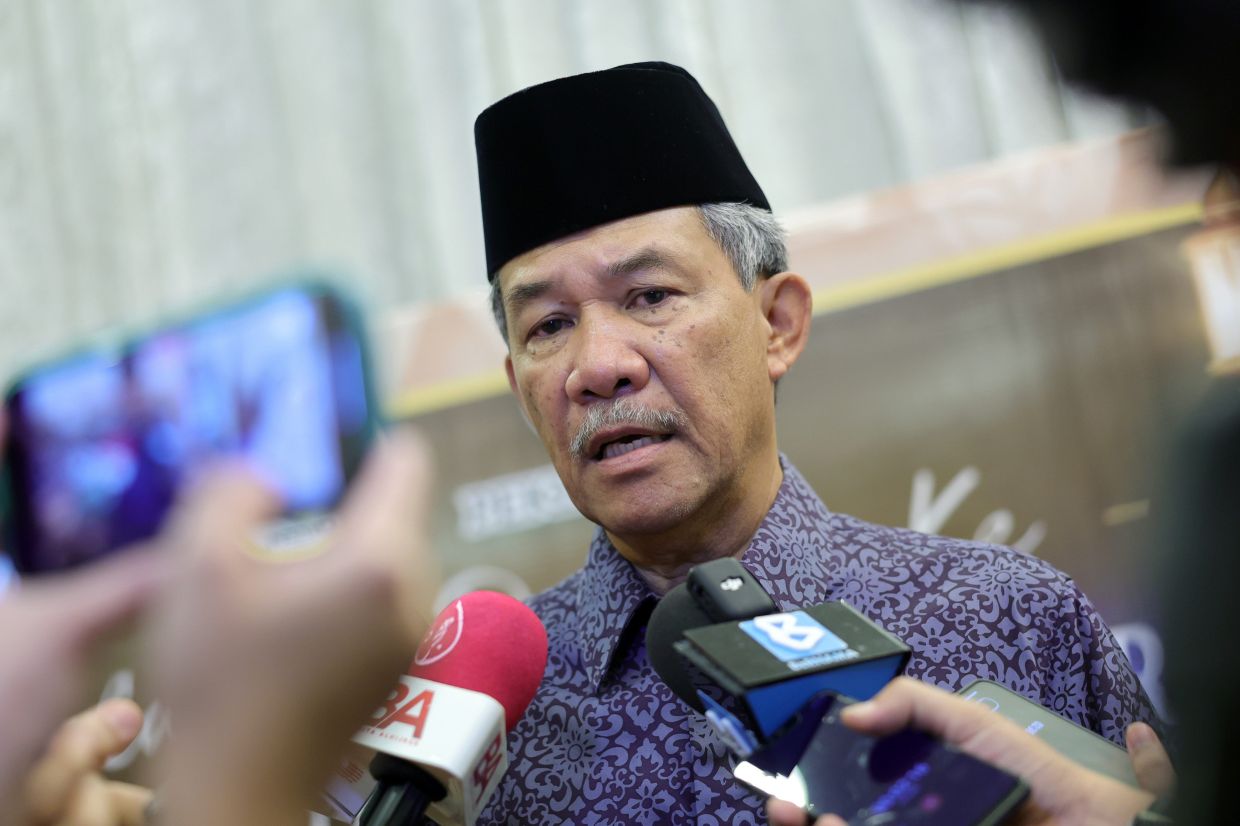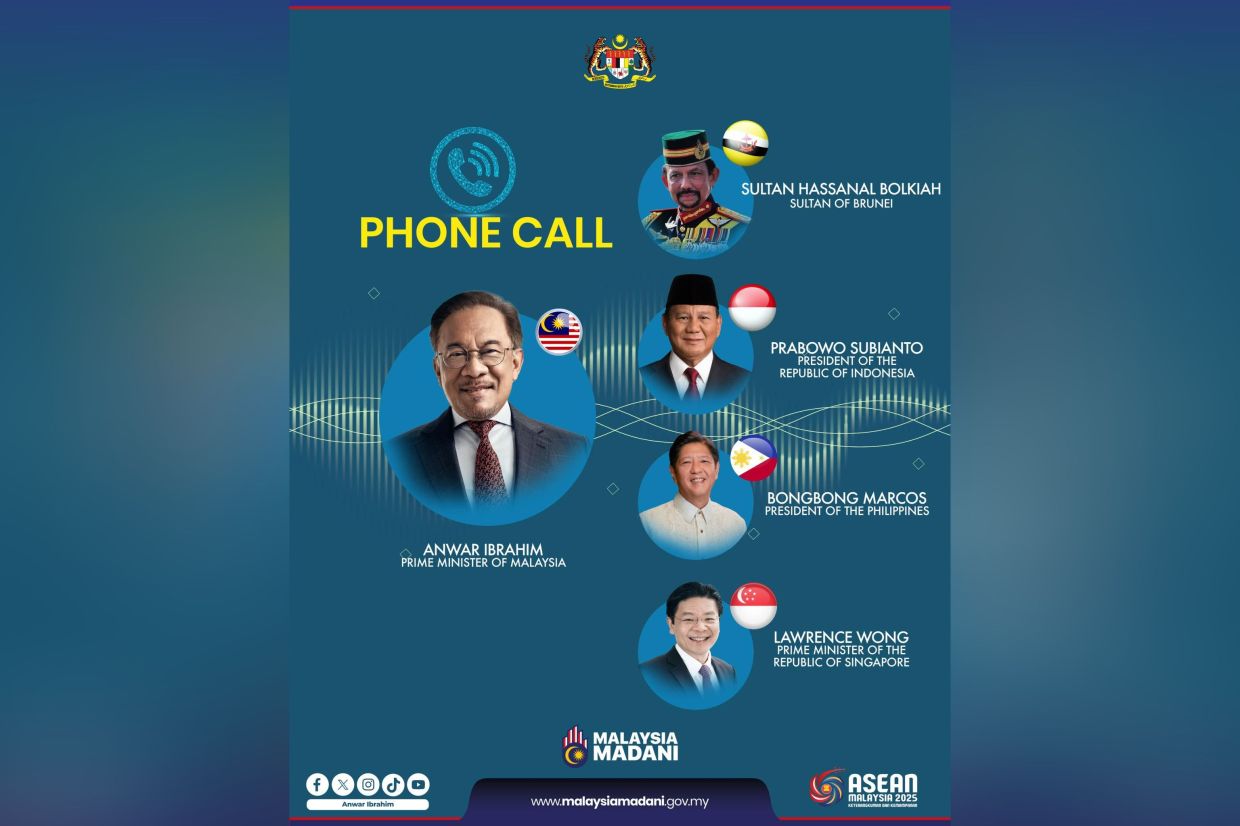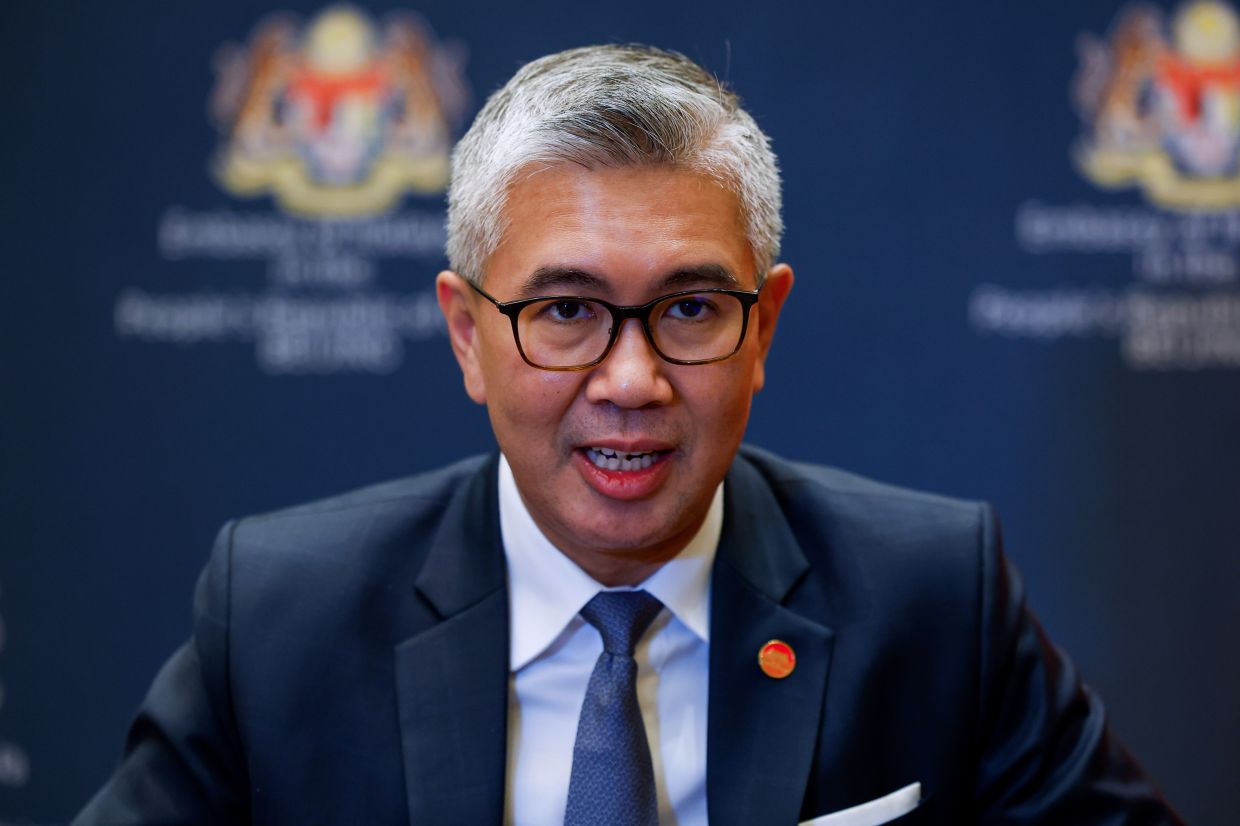PETALING JAYA: The price display of drugs and medical services will help mitigate spiralling medical insurance and medical costs, says the Federation of Malaysian Consumers Associations (Fomca).
Such transparent pricing would empower patients to make informed decisions about their healthcare, encourage healthy market competition and ultimately contributes to lowering overall costs, said Fomca vice-president and legal advisor Datuk Indrani Thuraisingham.
By clearly displaying medication costs separately from consultation fees, she said patients can compare prices and avoid hidden charges.
“When consumers are aware of pricing details, they are better equipped to manage their expenses, particularly in a time when out-of-pocket healthcare costs continue to rise.
“In today’s challenging economic environment, ensuring that every Malaysian has access to affordable and clear healthcare information is not just a policy option but a consumer right.
“Fomca has consistently advocated for stronger government oversight and regulation of private healthcare fees to prevent excessive profiteering and ensure fair pricing where many Malaysians are already struggling with rising cost of living.
“As such, we firmly support the government’s implementation of drug price transparency,” she said when contacted.
The price display mandate for private general practitioners (GPs) will come into force on May 1 under the Price Control and Anti-Profiteering Act.
In its latest annual report released on Monday, Bank Negara called for an enhanced price transparency in private healthcare to control rising medical costs and safeguard consumers.
The central bank outlined five strategic thrusts, the first being to improve medical pricing transparency. This involves displaying retail drug prices and publishing price ranges for common healthcare services.
Such measures would enable patients and insurers to compare costs across providers, fostering competition and curbing excessive charges.
Indrani said many countries had implemented drug price transparency mechanisms meant to spur competition among providers which in turn lowered prices.
By aligning local healthcare practices with the best practices globally, she said Malaysia could ensure that its market remains fair while protecting consumers from unjustified price mark-ups.
This was not about controlling prices directly but about providing the necessary information for consumers to choose the most cost-effective and high-quality healthcare options, she said.
She noted that prices went down by about 20-30% over the past decade when the Netherlands implemented policies that mandated clear disclosure of drug prices combined with robust generic substitution policies.
Those price decreases were due to competition among suppliers and pharmacies, she added.
Indrani said Australia’s Pharmaceutical Benefits Scheme was another example of transparency in action where the government negotiates drug prices and publishes these prices along with subsidy details.
She said this showed that an open process not only controlled costs but also ensured that out-of-pocket expenses for patients remain relatively low compared to systems without such transparency.
Public health expert Datuk Dr Zainal Ariffin Omar commended Bank Negara’s effort but noted that the move, which will benefit consumers, could however lead to additional pressure on GPs and pharmacies especially those operating on a smaller scale.
General practitioner Dr Roland Victor said most clinics would issue itemised receipts which state the cost of consultation and drugs, enabling patients to be aware of what they were paying for.
He pointed out that drug prices would fluctuate and vary depending on location and overhead costs.
“Prices also differ among manufacturers, and original or generic medicines. How are we to regularly keep updating our price display?”
He said pharmacies would be at a better advantage from the move as they acquire larger or wholesale quantities, which enable them to offer lower prices.







































